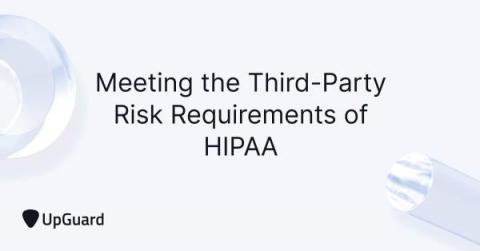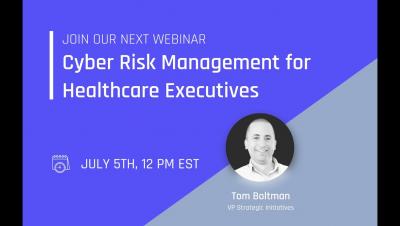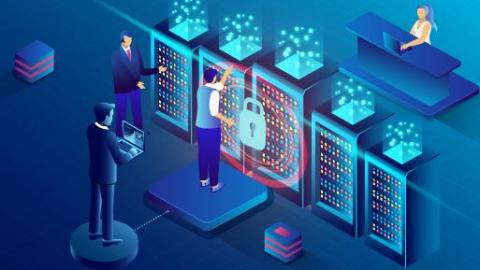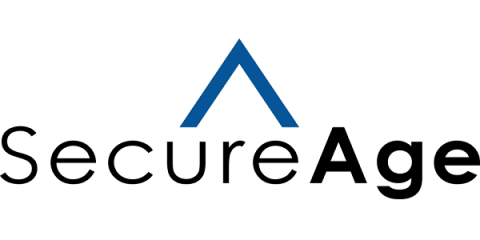Q2 2022 Threat Landscape: Ransomware Returns, Healthcare Hit
In Q2 2022, Kroll observed a 90% increase in the number of healthcare organizations targeted in comparison with Q1 2022, dropping the final nail in the coffin for the “truce” some criminal groups instituted earlier in the COVID pandemic. Ransomware helped to fuel this uptick against healthcare as attacks increased this quarter to once again become the top threat, followed closely by email compromise.











